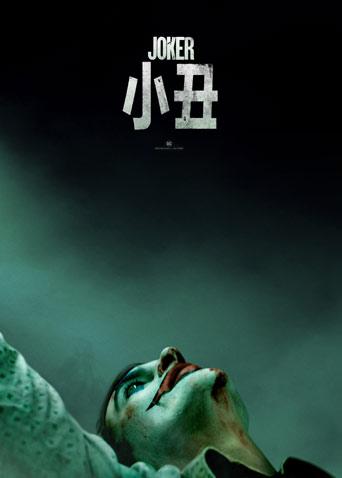故事聚焦被古典音乐笼罩着的小咖啡馆里的客人们。金敏喜扮演经常坐在窗边位置的常客,极品她不断地从身边发生的事情及对话中获得灵感、极品寻找线索,有时她甚至主动地进行对话。
故事聚焦被古典音乐笼罩着的小咖啡馆里的客人们。金敏喜扮演经常坐在窗边位置的常客,极品她不断地从身边发生的事情及对话中获得灵感、极品寻找线索,有时她甚至主动地进行对话。

回复 :九一八事变后,东北沦陷,天津某剧社演员陈彼得(陈佩斯 饰)不甘当亡国奴,立誓要做民族英雄。一日,正当剧院上演爱国题材话剧时,男一号罢演,救场如救火,导演(赵雍 饰)只好让陈彼得顶替,结果大获成功,台下看演出的宋将军(侯永生 饰)对陈的表演大加赞赏。当时宋将军来天津是为抗日部队采购军火,不料遭日谍龙太郎(陈佩斯 饰)刺杀,宋将军巧妙躲过一劫。龙太郎诱骗陈彼得再次行刺,结果阴差阳错,反而杀了龙太郎的人,宋将军大难不死,与彼得结下友谊。龙太郎闻讯恼羞成怒,四处追捕陈彼得,走投无路的彼得躲进一家整形医院,被医生按在手术室的床上,不由分说在脸上动了手术,手术后的彼得活脱脱变成了龙太郎。得知此情,龙太郎吩咐手下照自已的长相上街抓人,结果笑料百出……
回复 :对约翰·米汉的前女友、前妻、警察侦探的进行了详细采访,描述了其长达数十年的令人毛骨悚然的犯罪生涯
回复 :Two differences between this Austrian version and the generally available American version are immediately obvious: they differ both in their length and in the language of the intertitles. The American version is only 1,883 metres long - at 18 frames per second a difference of some 7 minutes to the Austrian version with 2,045 metres. Whereas we originally presumed only a negligible difference, resulting from the varying length of the intertitles, a direct comparison has nevertheless shown that the Austrian version differs from the American version both in the montage and in the duration of individual scenes. Yet how could it happen that the later regional distribution of a canonical US silent film was longer than the "original version"?The prevalent American version of Blind Husbands does not correspond to the version shown at the premiere of 1919. This little-known fact was already published by Richard Koszarski in 1983. The film was re-released by Universal Pictures in 1924, in a version that was 1,365 feet (416 metres) shorter. At 18 frames per second, this amounts to a time difference of 20 minutes! "Titles were altered, snippets of action removed and at least one major scene taken out entirely, where von Steuben and Margaret visit a small local chapel." (Koszarski)From the present state of research we can assume that all the known American copies of the film derive from this shortened re-release version, a copy of which Universal donated to the Museum of Modern Art in 1941. According to Koszarski the original negative of the film was destroyed sometime between 1956 and 1961 and has therefore been irretrievably lost. This information casts an interesting light on the Austrian version, which can be dated to the period between the summer of 1921 and the winter of 1922. Furthermore, the copy is some 200 metres longer than the US version of 1924. If one follows the details given by Richard Koszarski and Arthur Lennig, this means that, as far as both its date and its length are concerned, the Austrian version lies almost exactly in the middle between the (lost) version shown at the premiere and the re-released one.A large part of the additional length of the film can be traced to cuts that were made to the 1924 version in almost every shot. Koszarski describes how the beginning and the end of scenes were trimmed, in order to "speed up" the film. However, more exciting was the discovery that the Austrian version contains shots that are missing in the American one - shots/countershots, intertitles - and furthermore shows differences in its montage (i.e. the placing of the individual shots within a sequence). All this indicates that Die Rache der Berge constitutes the oldest and most completely preserved material of the film.

